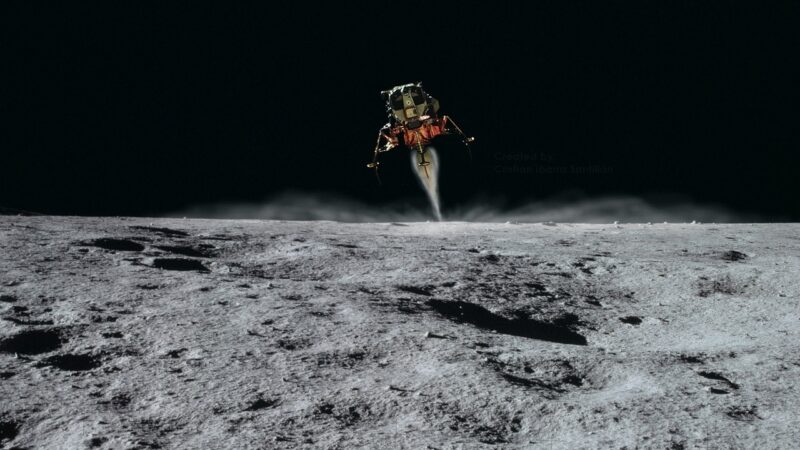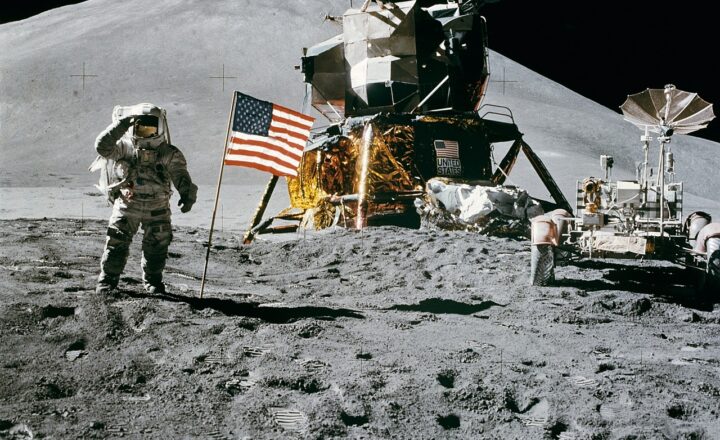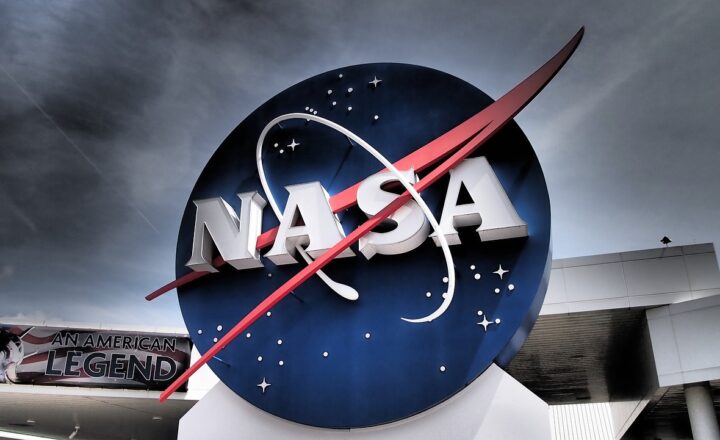
The Apollo 11 mission stands as one of humanity’s most monumental achievements, marking the first time that man set foot on the moon. This monumental event did not occur overnight but was the result of years of research, engineering prowess, and an unwavering belief in the possibilities of space exploration. In this article, we’ll delve into the captivating story behind Apollo 11, exploring the challenges faced by the team, the triumphs of science, and the legacy of a mission that changed the world forever.
1. The Space Race: A Prelude to Apollo 11
In the late 1950s and 1960s, the world was engulfed in the Cold War, and with it came the fierce competition between the United States and the Soviet Union, famously known as the Space Race. Following the launch of Sputnik by the USSR in 1957, it became clear that the battle for technological superiority extended beyond the terrestrial realm. The U.S. was determined to stake its claim in space, and President John F. Kennedy’s bold declaration in 1961 that the nation would land a man on the moon by the end of the decade was the catalyst that sparked the Apollo program.
The Apollo program began in earnest, with NASA conducting a series of missions aimed at testing the technologies and methods necessary to reach the moon:
- Project Mercury: This early program laid the groundwork for human space flight, enabling the first American in space, Alan Shepard, in 1961.
- Project Gemini: The Gemini missions advanced spaceflight techniques, including spacewalks and docking maneuvers, essential for an eventual lunar landing.
These initial steps set the stage for the Apollo missions, where the complexities of heading to the moon would be thoroughly addressed.
2. The Apollo 11 Mission Details
Launched on July 16, 1969, from Kennedy Space Center in Florida, Apollo 11 took flight with three astronauts: Neil Armstrong, Edwin “Buzz” Aldrin, and Michael Collins. The mission was divided into three parts: the command module, where Collins remained in lunar orbit, and the lunar module, nicknamed the “Eagle,” which descended to the moon’s surface.
Key details of the mission included:
- Launch Vehicle: The Saturn V rocket, the most powerful launch vehicle ever built, lifted Apollo 11 towards the heavens, withstanding an immense amount of stress to send it safely into orbit.
- Lunar Landing: On July 20, 1969, Neil Armstrong and Buzz Aldrin piloted the Eagle to a historic landing in the Sea of Tranquility, with the famous words, “The Eagle has landed.”
- The First Steps on the Moon: As Armstrong became the first human to step on the lunar surface, he uttered the iconic words, “That’s one small step for [a] man, one giant leap for mankind,” encapsulating the mission’s profound significance.
A critical aspect of the moon landing was the precision required for the vehicle’s descent. Armstrong had to take manual control in the final moments, navigating around boulders and rough terrain to safely touch down.
3. Challenges Faced by the Apollo 11 Team
Like any grand undertaking, Apollo 11 encountered numerous challenges:
- Technical Hurdles: The development of life-support systems, navigation technology, and the lunar module itself represented groundbreaking innovations that had to work flawlessly under extreme conditions.
- Human Factors: The pressure of expectations weighed heavily on the astronauts and the entire NASA team. Training sessions, simulations, and scrutinizing potential failures became routine.
- Unpredictable Conditions: As the lunar surface cadets soon discovered, conditions on the moon were treacherous. Every element, including dust, low gravity, and radiation exposure, posed risks that needed consideration.
Despite these challenges, the dedication and ingenuity of the engineers and astronauts paved the way for success.
4. The Legacy of Apollo 11
The successful landing not only fulfilled Kennedy’s promise but also opened the floodgates for scientific research and imagination. The Apollo 11 mission inspired generations of scientists, engineers, and dreamers, leading to:
- Advancements in Technology: Countless technologies developed during the Apollo program have since transcended into everyday life, from improved navigation systems to advancements in telecommunications and materials science.
- Increased Interest in STEM Fields: The mission profoundly inspired interest in science, technology, engineering, and mathematics careers. Schools focused on STEM education saw increased enrollment and excitement about space exploration.
- International Cooperation in Space Exploration: Apollo 11 paved the way for global collaborations, ultimately leading to joint missions and shared knowledge in space projects, such as the International Space Station (ISS).
The legacy of Apollo 11 remains as relevant today as it was in 1969, uniting people in the quest to explore the unknown.
5. Conclusion: A Journey Beyond the Moon
The Apollo 11 mission is not merely a footnote in history; it represents the peak of human creativity, collaboration, and tenacity. It was a journey not just to the moon, but a journey that propelled us deeper into the cosmos, inspiring ongoing missions to Mars and beyond.
The story of Apollo 11 teaches us about what is possible when we harness our collective efforts and embrace the unknown. As we look toward the future, the spirit of Apollo 11 ignites a flame of curiosity and ambition that will continue to drive us, reminding us that the sky is not the limit; rather, it is just the beginning of our exploration of the universe.







